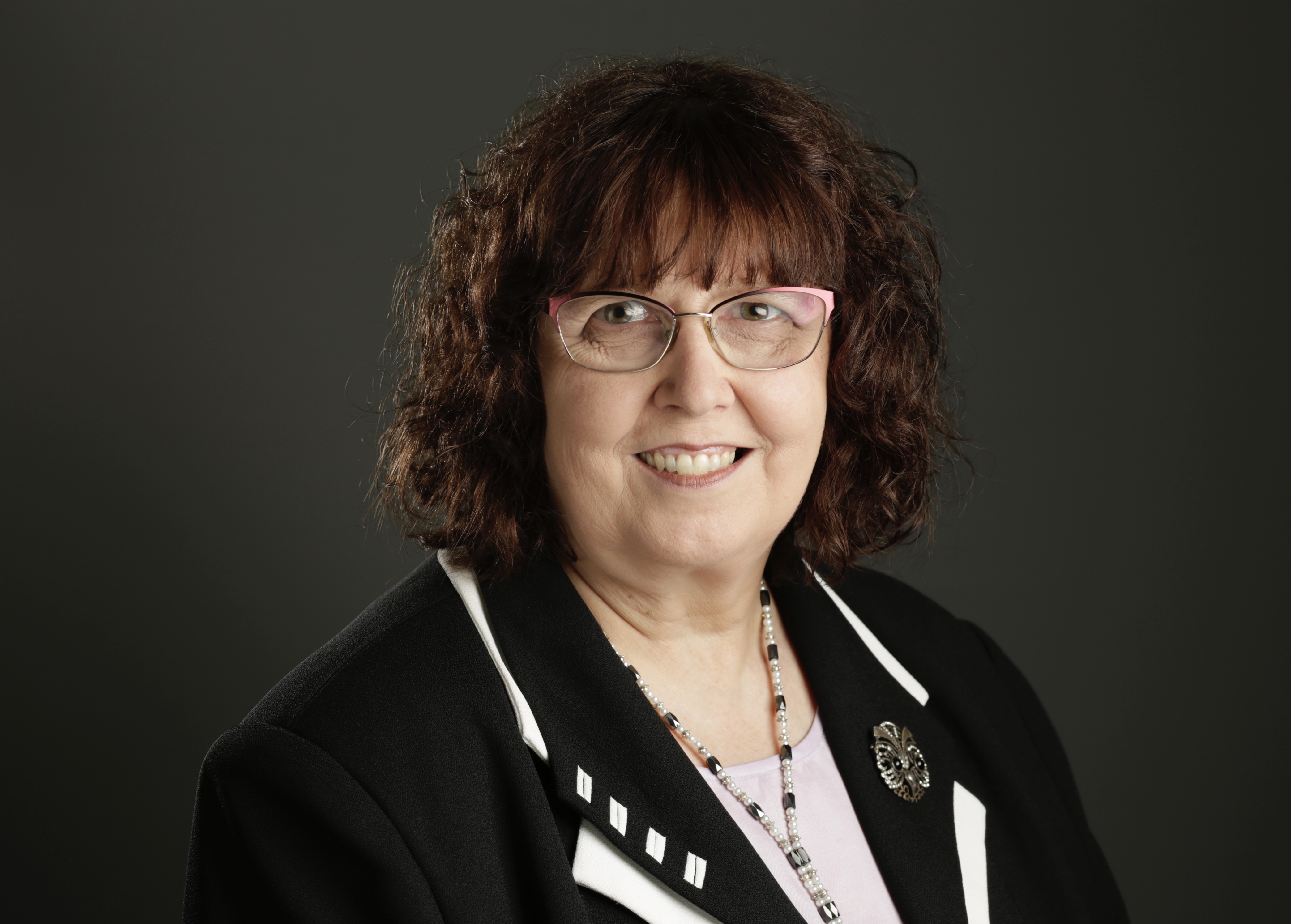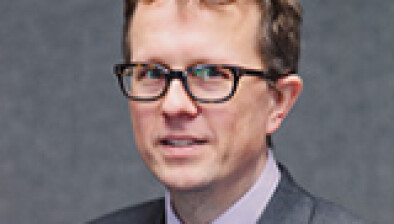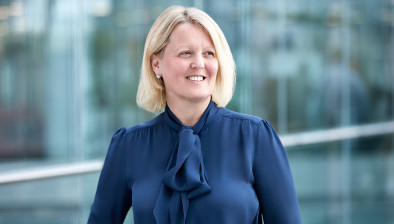Helen Mill: Three steps to sidestep business uncertainty

Helen Mill
Helen Mill, Aberdeen-based business coach & facilitator at The Alternative Board (TAB), offers advice to all businesses on how to tackle the challenges ahead.
Firstly, congratulations – you’ve made it through the pandemic lockdowns. Maybe you’ve pivoted your business and advanced it toward the brave new digital world. So, what now?
As an initial step, it’s important to acknowledge that there are still uncertainties ahead on many fronts. There are, however, ways to address and overcome those and we advocate a staged process for helping businesses mitigate or eliminate uncertainties – uncertainties which span from well-understood global challenges to issues facing many businesses at an individual level.
The Alternative Board (TAB) International Members Conference heard from Mark Berrisford-Smith, Head of Economics at HSBC, who asserted that while the economy is in recovery mode, that process is by no means complete.
The conference heard of the various interconnected global changes which are impacting activities, ranging from the energy crunch to inflation rates and labour shortages. The blue economy, climate change and the associated energy transition are also having a fundamental impact, with COP26 elevating these issues to the top of the agenda.
We are seeing a continuing trend toward digitisation. Law firm TLT found that online food shopping increased by 94% in August 2021 – a significant rise from pre-pandemic figures. Buying habits have also changed, with consumers spending much more on products than services – and the sectors we are spending on have also changed drastically.
Many businesses are also now less financially resilient as margins are squeezed and borrowing becomes more expensive. It will be a rocky few months ahead and it may take until 2023 for public finances to come under control.
Meanwhile, our own board members are highlighting issues that many businesses are facing in their day-to-day activities, especially in relation to people and recruitment – and these too are adding to the sense of uncertainty.
These range from issues such as the introduction of vaccine passports and the growing concerns over the ‘two tribes’ concept – with work-from-anywhere policies emerging, how do you handle a team that is split between working in the office, in the field or from home?
With remote working policies in place, some board members have expressed concern that an age, experience, or personality divide could emerge. Many individuals have found remote working to be more productive with fewer interruptions and less time spent travelling, but are those interruptions in the office vital to the development of those with less confidence and experience in the workplace?
Some in the workforce have reflected on what is important to them since the pandemic, which has in turn led to what has been labelled ‘the great resignation’. The pandemic has had a ‘tsunami’ effect on employee turnover, with many people prompted to take a step back and re-think their lifestyles. With one report stating that almost one in four UK workers are planning a job change in the next few months, do we face a revolving door on recruitment?
So how can businesses cope with the upcoming changes and uncertainties?
I personally have great faith in the principles behind the following three-step process:
Step 1
Look at the circles of influence on your business – outer circle (government, local, national and international / general public), mid circle (customers, suppliers) and the inner circle (employees, investors and leadership team) and the impact these uncertainties may have on your business.
Step 2
Create 3 scenarios. Most of you will have been used to developing best and worst-case outcomes – these are generally easy to predict when change is incremental. However, we are not in a period of incremental change – so we are going to have a look at a third, or radical scenario. We can’t expect steady, incremental progress in solving big problems like climate change and inequality. We need to be bold and make strong commitments if we want to fix them.
Step 3
Do a strengths and weaknesses exercise on these three scenarios and use these outcomes to inform your new strategic plan, considering possible future events. It provides a proactive way to think outside the box and helps us maximise the upside of any scenario while minimising the downside.
So yes, you’ve made it through the pandemic but there are still changes and challenges ahead. Unpredictability has perhaps never been higher – but as the above process shows, there is still a navigable pathway to sustainable success.







